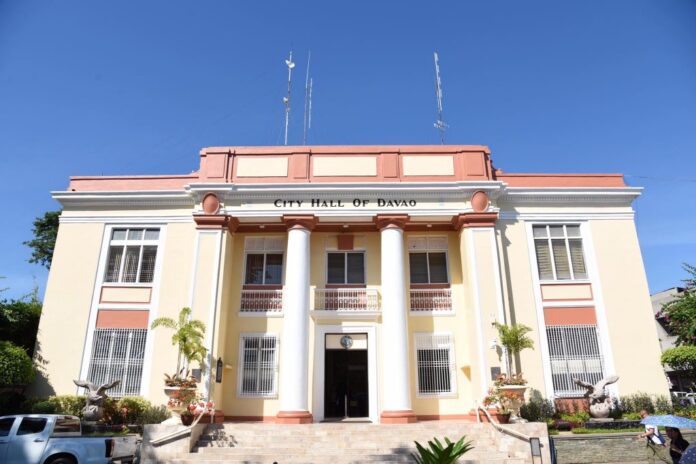Davao City – The National Inter-Agency Task Force (IATF) for the Management of Emerging Infectious Diseases has classified Davao City as ‘Low Risk’ area as of April 3 on the Local Government Unit (LGU) based on two indicators – the low 2-Week Growth Rate (2WGR) and the Average Daily Attack Rate (ADAR).
The “Low Risk” classification as shown on the Community Quarantine Decision Matrix is slightly higher compared to the previous week’s “Minimal Risk” classification, according to Dr. Ashley Lopez, the Acting Head of the City Health Office (CHO) and Focal Person of the Davao City Covid-19 Task Force.
“Last week Davao City was classified as minimum risk, it is now at low risk. This is because we have a negative 8.74 two-week growth rate (2WGR) which is still low but our average daily attack rate (ADAR) reached 1, from .92 last week,” Lopez said.
Based on the LGU Risk Assessment Map as of April 3, Davao City has one (1) barangay under Critical Risk, which is Brgy. Sirawan in Toril. Lopez said that the two (2) cases for the barangay reported last week increased to nine (9) cases the past one to two weeks.
Meanwhile, four (4) barangays were classified as High Risk barangays which are Barangays 7-A, 19-B, 20-B, and Tigatto, and 15 other barangays are classified as Moderate Risks: Brgy. 9-A, 16-B, 34-D, 35-D, 38-D, Bago Gallera, Bucana, Catalunan Grande, Catalunan Pequeño, Gov. Vicente Duterte (Agdao), Indangan, Langub, Lubogan (Toril), Manambulan (Tugbok) and Talomo Proper.
Lopez said the city government is working to keep the numbers low through the CHO’s heightened surveillance and response of Covid-19 cases in Davao City according to Executive Order No. 18, in which three surveillance systems, namely, facility-based, community-based, and offices and establishments-based.
“We have directed the barangay and district health offices to establish their surveillance units, including detection of symptomatic that are related to our influenza-like infections (ILI) and acute respiratory infections (ARI). They also do house-to-house surveillance,” he said.
(City Information Office | Michael Manguhig, RPN DXKT Davao OIC)

